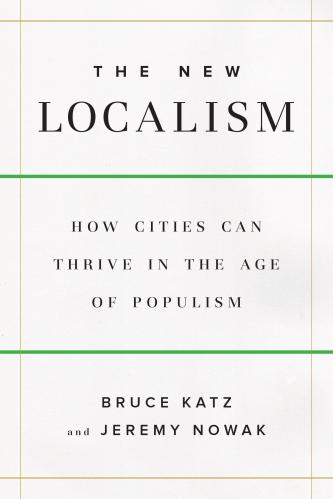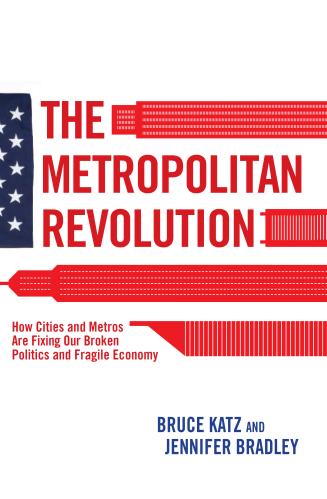Across the world, cities are grappling with climate change. While half of the world’s population now lives in cities, more than 70 percent of carbon emissions originate in cities. The 2015 Paris Climate Agreement, the UN’s 2016 Sustainable Development Goals, and the recent UN Climate Change Conference in Bonn, Germany have all recognized that cities will need to be a key part of the world’s response to climate change.
While, in many cases, the solutions for cities are clear, the challenge lies in deploying them at scale across cities with radically different regimes of government and governance. Major interventions in the transport, buildings and energy sectors, in particular, will be necessary. Transport and buildings constitute the bulk of greenhouse gas emissions in cities and cities consume over two-thirds of the world’s energy, primarily through non-renewable sources. But many technologies for radically changing this reality—state-of-the-art mass transit, energy efficiency, distributed renewable energy—already exist.
Moving from identifying a solution to implementing it requires a better understanding of how cities are governed, not just in general but at the project scale. To that end, we selected three cities—Hamburg, Manchester and Pittsburgh—and analyzed a series of emblematic projects in transit, energy efficient building, and decentralized renewable energy. For each, we identified who designed, planned, financed, delivered and managed the project, across the public, private and civic sectors as well as different levels of government and geography.
We found that the delivery of similar projects differs markedly across the three selected cities. Hamburg’s, a German city-state with substantial fiscal powers, is able to plan for the long term as well as drive investment forward across the transport, energy and buildings sectors through a rich network of publicly-owned subsidiaries. In Manchester, the profound power exercised by the central government—and London as a premier global city—revealed substantial involvement of the private sector, specifically international firms. Finally, Pittsburgh shows the power of networks, where both strategic planning and project governance are steered by coalitions of public, private, and civic entities, with an outsize role for private philanthropy.
These differing leadership models result in distinct strategies for moving toward sustainability. Hamburg, like Copenhagen and other Northern European cities, benefits from a strong tax base and is creating a new model for leveraging public assets to finance the large-scale regeneration of urban districts. Manchester’s push for devolution to metropolitan governments in the UK promises more integrated solutions at the sector and regional scale. And Pittsburgh shows the potential of nimble, fast innovation since philanthropies and local organizations are inventing new models and spurring progress in the face of federal and state government drift.
Each model has its plusses and minuses. More local ownership and control of solutions may naturally create greater community benefits: more jobs for local workers and small businesses, greater tax capture by local jurisdictions, greater value capture for public re-investment. There are also efficiency effects from simplifying and routinizing the different elements of the project cycle and lowering transaction costs. Philanthropic projects are able to tolerate risk and experimentation more than public or private capital may allow.
With cities now a critical driver of global climate solutions, we need more practical lessons and solutions that can be applied in the United States, Europe and ultimately beyond to Africa, Asia and Latin America where urban growth is primarily occurring. Cities provide a natural experiment since they undertake the same projects with radically different stakeholders and approaches. This enables us to assess benefits and drawbacks, identify best practices that might be ripe for adaptation and replication and move closer to norms of behaviour and financing that can be easily routinized. The path to sustainable urbanization, in short, lies in granular application as much as grand policy.
The Brookings Institution is committed to quality, independence, and impact.
We are supported by a diverse array of funders. In line with our values and policies, each Brookings publication represents the sole views of its author(s).









Commentary
The Complex Interplay of Cities, Corporations and Climate
December 8, 2017